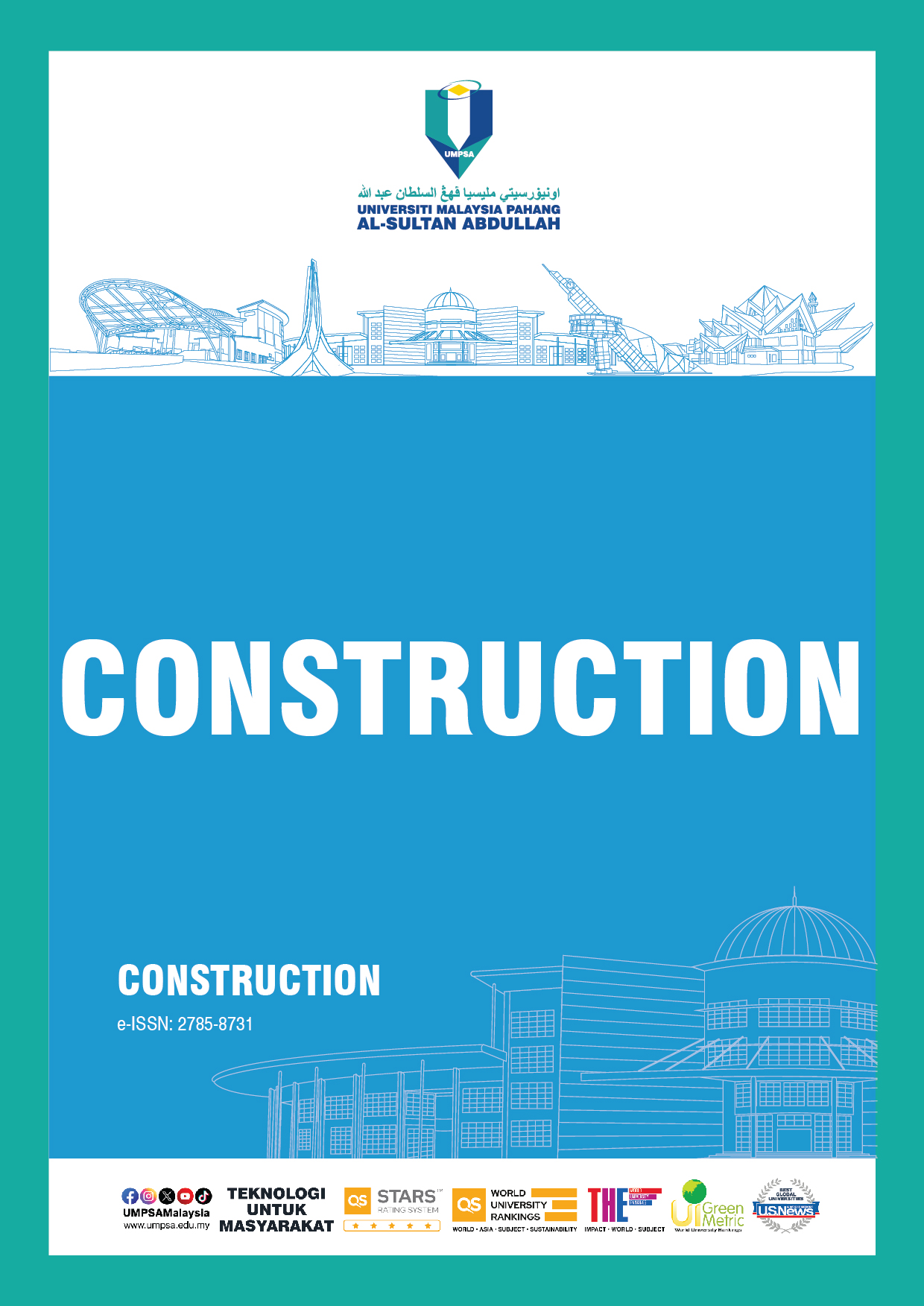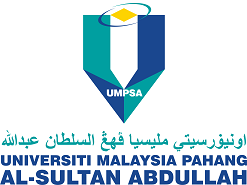The Performance of the Exclusive Motorcycle Lane (EMCL) in Reducing Fatal Crashes Among Motorcyclists after 20 Years of Operation
DOI:
https://doi.org/10.15282/construction.v3i2.9838Keywords:
Motorcyclist fatalities, Exclusive motorcycle lane, Marginal Effects, Benefit-to-cost-ratioAbstract
When the first exclusive motorcycle lane (EMCL) was built in the early 70s, and after it was entirely built along Kuala Lumpur to Klang in 1993, it was studied to be very effective in preventing crashes by up to 34%. However, that was more than 20 years ago. This study aimed to investigate the effectiveness of the current EMCL in terms of its potential to reduce fatal crashes among motorcyclists, its fatal risk factors, and its benefit-to-cost ratio to the government. This study uses secondary data from the Royal Police of Malaysia (PDRM) and primary data from the second Penang Bridge highway. The results show that EMCL is still an effective measure to reduce the fatalities among motorcyclists, with an effectiveness rate of 74% fatal reduction and a benefit-to-cost ratio of four times to the government. This study also finds that motorcyclists riding along EMCL who are not under substance influence, motorcyclists travelling during daytime and weekends (Saturdays and Sundays), and EMCL that are situated along Urban and EMCL with unpaved shoulders are predicted to be risky. However, when measured with traffic volume, EMCL may or may not be effective when evaluated based on the number of its utilisation or exposure. In conclusion, EMCL will save motorcyclists' lives and perform in the long term, albeit with strict enforcement of its usage and proper maintenance to accommodate safe motorcycle travel.
Downloads
Downloads
Published
Issue
Section
License
Copyright (c) 2023 The Author(s)

This work is licensed under a Creative Commons Attribution-NonCommercial 4.0 International License.




